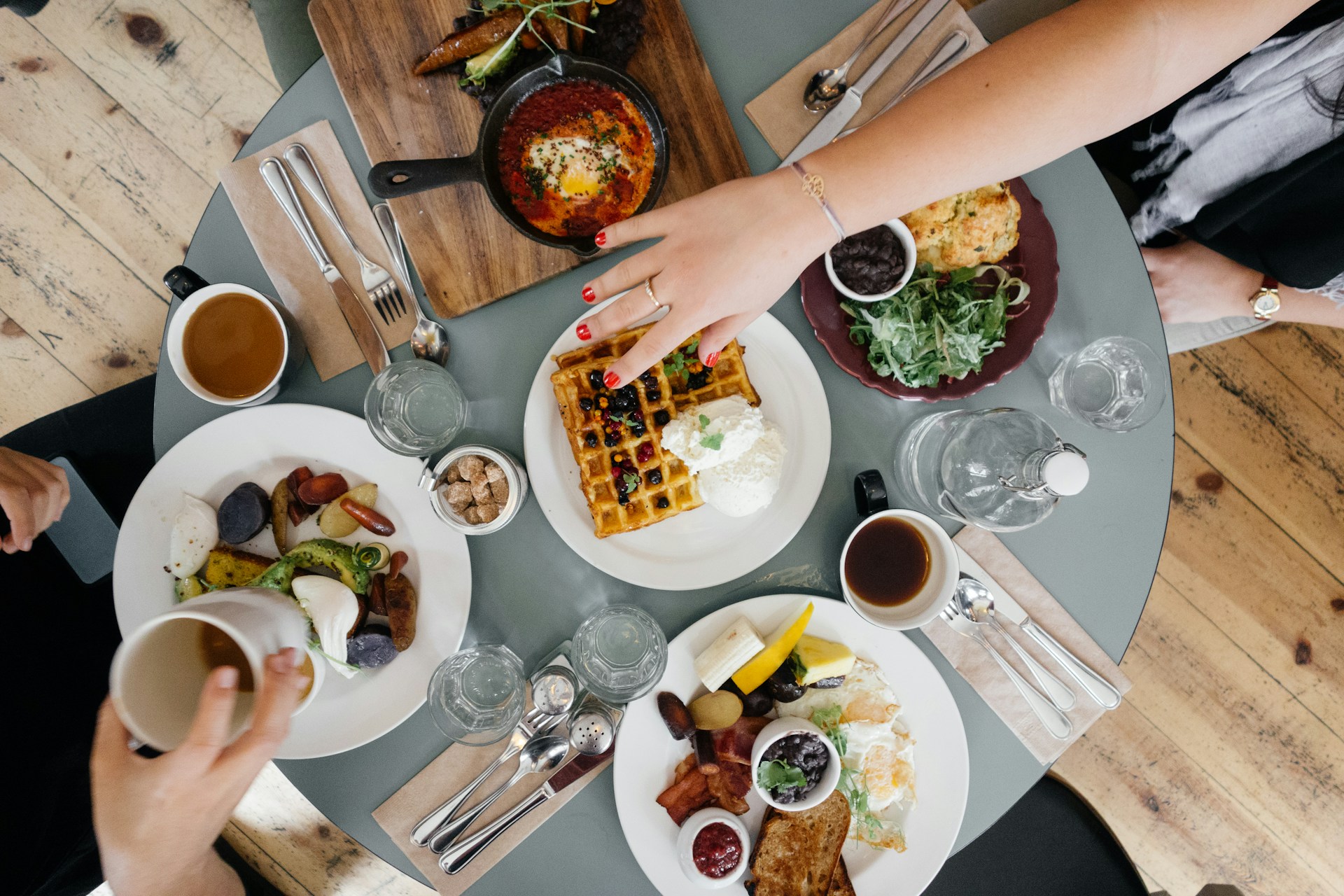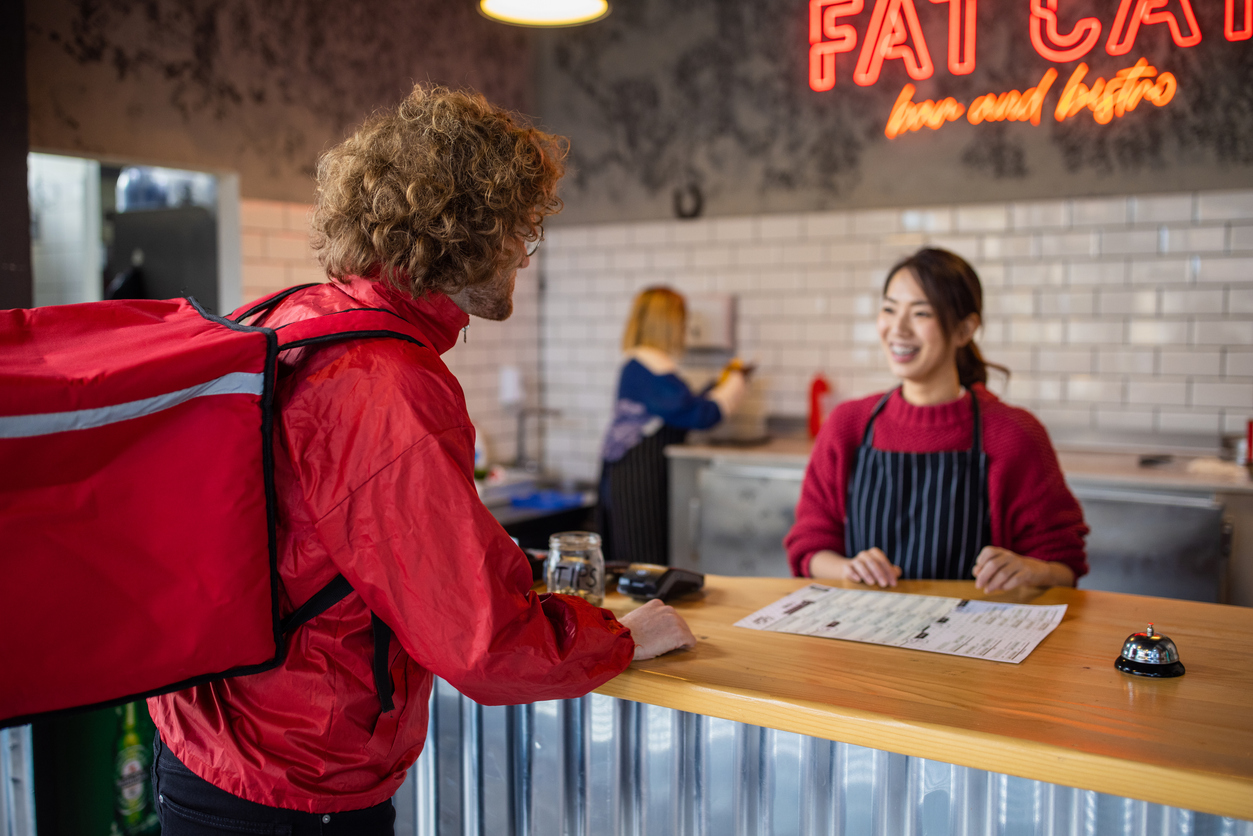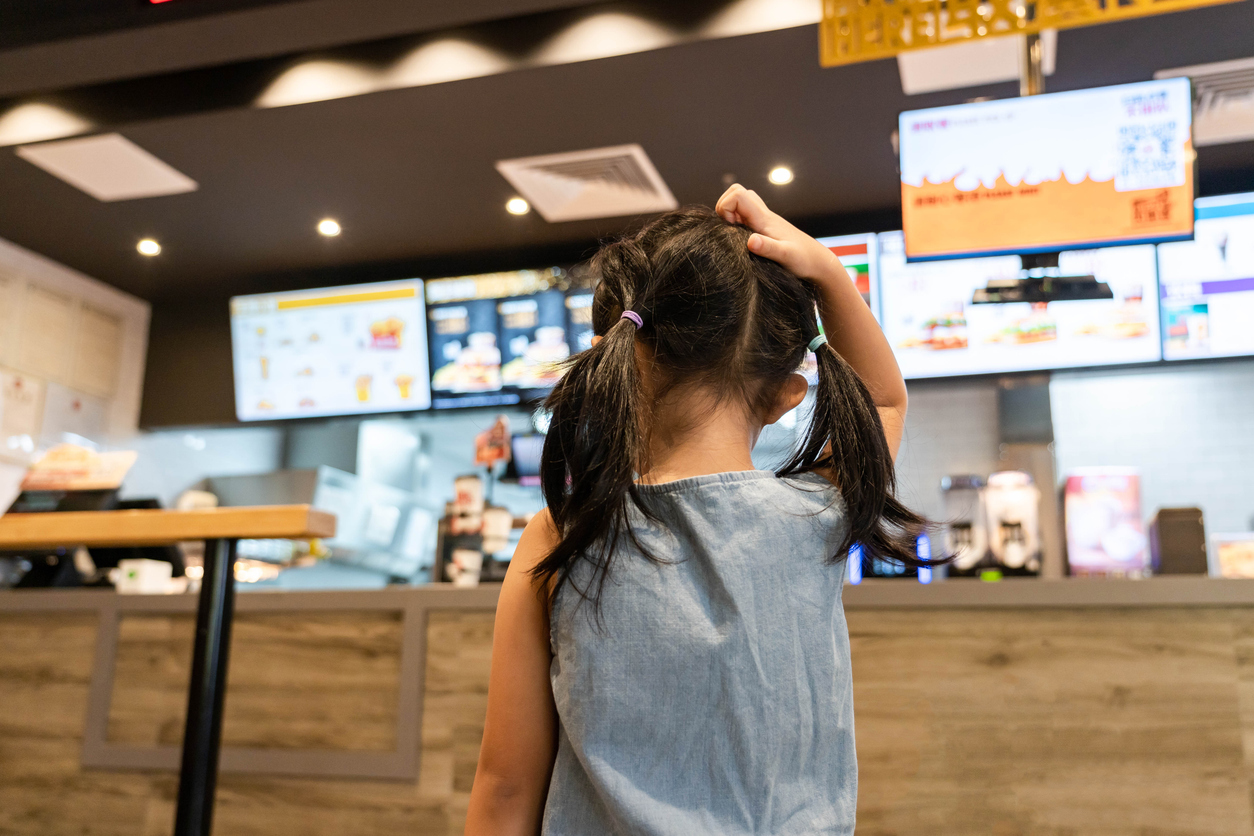Machine Learning in restaurant demand forecasting is a sophisticated technology that helps restaurants predict their future customer traffic and sales with high accuracy. It works by analyzing large amounts of data and identifying patterns to make increasingly accurate predictions over time. The system processes various parameters like historical sales data, weather conditions, holidays, events, and seasonal trends to understand how these factors impact customer demand.
For example, the weather might significantly affect an ice cream shop near a beach but have minimal impact on a mall-based pizza restaurant, and machine learning algorithms can recognize and account for these specific differences.
Let’s see how this technology becomes smarter and more accurate for your restaurant operations.
Why Demand Forecasting Matters In The Restaurant Industry
Demand forecasting serves as a critical cornerstone for success. It helps restaurants anticipate customer needs, optimize operations, and maintain profitability in an increasingly competitive market. It's a strategic tool that impacts every aspect of restaurant operations, from inventory management to staff scheduling and customer satisfaction.
Here's why demand forecasting is crucial:
- Reduce food waste by accurately predicting ingredient needs
- Enables precise inventory ordering to prevent shortages and overstock situations
- Control labor costs by preventing overstaffing
- Helps in planning for upcoming business initiatives
- Reduces wait times during peak hours
Key Machine Learning Models For Demand Forecasting
There are some key machine learning models used for restaurant demand forecasting. These models are effective for analyzing and predicting demand patterns.
Time-Series Forecasting Models
Time-series forecasting analyzes historical data patterns to predict future demand in restaurants. These models look at how sales change over time - by hour, day, week, or season.
Popular time-series models include:
- NHITS: Handles complex patterns in hourly sales data
- TFT: Processes multiple time-related variables together
- DeepAR: Learns patterns across different restaurant locations
These models help predict:
- Daily rush hours
- Weekly busy days
- Seasonal peaks
- Holiday impacts
Regression Models For Trend Prediction
Regression models analyze relationships between different factors affecting restaurant demand. They consider multiple variables like:
- Weather conditions
- Special events
- Time patterns
- Historical sales
The latest ML-based meta-models show strong performance in combining these factors for accurate predictions. They can:
- Predict sales 14 days ahead
- Account for weather changes
- Factor in calendar events
H3: Clustering Techniques
Clustering techniques help restaurants group and analyze customer behaviors to make better business decisions. These methods automatically sort customers into distinct groups based on their dining habits, spending patterns, and preferences. There are some practical benefits of using clustering techniques, such as:
- Better inventory planning
- Smarter staff scheduling
- Targeted marketing campaigns
- Improved menu design
Benefits Of Using Machine Learning For Restaurant Demand Forecasting

Look at the key benefits of applying machine learning with restaurant forecasting software. Machine learning improves operational efficiency, reduces costs, and enhances customer experience.
Improve Accuracy And Efficiency
Traditional forecasting methods often rely heavily on manager experience and basic historical data. Machine learning takes this to the next level by processing multiple data points simultaneously. These systems achieve up to 50% better accuracy than basic forecasting methods and 30% improvement over manager predictions.
Real-Time Updates
One of the most powerful aspects of machine learning in restaurant forecasting is its ability to provide real-time updates. The system continuously analyzes current conditions, including weather changes, local events, and recent sales patterns, to adjust predictions instantly
Schedule Shifts With Certainty
Staff scheduling becomes much more precise with machine learning forecasting. The system helps managers plan optimal staffing levels based on predicted demand patterns, ensuring the right number of employees are working at any given time. This prevents both costly overstaffing during slow periods and understaffing during rush hours.
Better Inventory Management
Machine learning significantly improves restaurant inventory management by providing accurate predictions of ingredient needs. Restaurants can order just the right amount of supplies, reducing food waste and storage costs. The system considers factors like shelf life, seasonal demand variations, and special events to optimize stock levels.
Enhance Customer Satisfaction
When restaurants can accurately predict demand, they're better equipped to provide excellent customer service. Proper staffing levels mean shorter wait times, while optimal inventory ensures menu items are always available. Machine learning helps restaurants maintain consistent service quality by ensuring resources are available when needed, leading to improved customer satisfaction and loyalty.
Practical Use Cases Of Machine Learning In Restaurants
Machine learning is transforming the restaurant industry through various practical applications. Key use cases include:
- Menu Optimization: Machine learning algorithms can analyze sales data, customer preferences, and market trends to adjust menu prices dynamically. It can also predict which dishes are likely to be popular during specific times or seasons.
- Supplier Optimization: Algorithms can analyze supplier performance and pricing trends to help restaurants choose the best suppliers and negotiate better deals.
- Automated Ordering Systems: Machine learning can be used to develop chatbots or AI voice assistants that take orders, reducing wait times and freeing up staff for other tasks.
- Equipment Monitoring: Machine learning can be used to monitor restaurant kitchen equipment and predict when maintenance is needed, reducing downtime and repair costs.
- Route Optimization: For restaurants offering delivery, machine learning can optimize delivery routes in real time, reducing delivery times and improving customer satisfaction.
- Targeted Marketing: Restaurants can create personalized restaurant marketing campaigns, sending tailored promotions or offers to specific customer segments.
Steps To Implement Machine Learning For Demand Forecasting
Restaurants can successfully implement machine learning for better demand forecasting. Remember that this is an ongoing process - the system will keep learning and improving over time. Here are some of the steps that will help you out in implementing this technology in your restaurant:
Step 1: Collect And Organize Data
Start by gathering all relevant data for your restaurant. This includes sales records, customer counts, and order details. Also, collect external data like weather records and local event calendars. Make sure your data is clean and well-organized. Good data is the foundation of accurate forecasting.
Step 2: Choose The Right Machine Learning Model
Select a model that fits your restaurant's needs. Consider factors like your data size and the type of predictions you need. Popular choices include time series models for daily forecasts and regression models for longer-term predictions. Start with simpler models and move to more complex ones as needed.
Step 3: Preprocess And Prepare The Data
Clean your data by removing errors and filling in missing values. Format dates and times consistently. Group your data by relevant periods - hourly, daily, or weekly. Create features that will help the model make better predictions, like holiday flags or weather conditions.
Step 4: Train The Machine Learning Model
Feed your prepared data into the chosen model. Start with a portion of your historical data for training. The model will learn patterns from this data. Adjust the model's parameters to improve its learning process. This step requires patience and careful monitoring.
Step 5: Validate And Test The Model
Test your model using data it hasn't seen before. Compare its predictions with actual results. Look for any patterns in prediction errors. Make sure the model performs well across different scenarios, like busy and slow periods.
Step 6: Deploy The Model
Once testing shows good results, implement the model in your daily operations. Connect it to your restaurant's systems for real-time predictions. Train your staff to use and understand the forecasts. Start using the predictions for scheduling and inventory decisions.
Step 7: Monitor And Improve The Model
Regularly check how well the model is performing. Compare predictions with actual results. Update the model with new data as it becomes available. Make adjustments based on feedback from staff and changing business conditions.
Unlock The Potential Of Machine Learning In Your Restaurant
Embracing machine learning in your restaurant can unlock significant potential for streamlining operations and enhancing demand forecasting capabilities. Solutions like Checkmate offer innovative tools that harness the power of data to optimize menu offerings, personalize customer experiences, and improve inventory management. By integrating such advanced technologies, you can not only boost efficiency but also stay ahead of the competition in a rapidly evolving industry. Get a demo with Checkmate and take the first step towards transforming your restaurant into a data-driven powerhouse.





